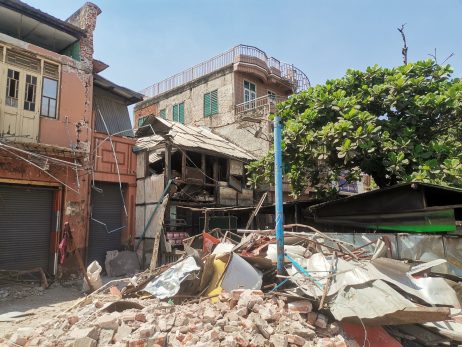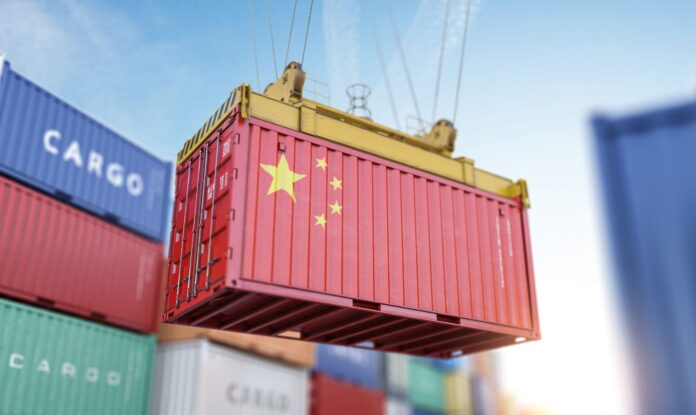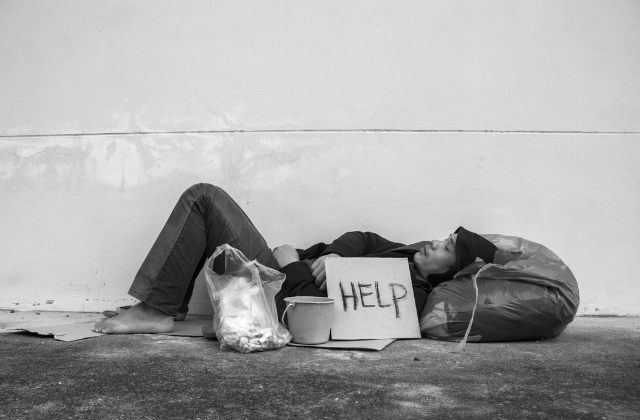In the wake of a devastating earthquake that struck Myanmar, relief efforts have mobilized swiftly to address the urgent needs of affected communities. However, despite the initial momentum, these efforts have encountered considerable obstacles, leaving many survivors in precarious situations. The combination of logistical challenges, political instability, and resource limitations has stalled the delivery of essential aid, raising concerns about the long-term implications for those who have lost their homes and livelihoods.
One major factor contributing to the stalling of relief efforts is the difficult geography of Myanmar. The earthquake affected remote and hard-to-reach areas, complicating transportation and communication. According to a local aid worker, “The roads are damaged, and many people are still cut off from access to basic supplies.” The inability to navigate these rugged terrains hampers the distribution of food, water, and medical supplies, leaving vulnerable populations without necessary assistance.
The difficult geography of Myanmar hampers essential aid delivery, leaving many vulnerable populations cut off from basic supplies.
Political issues further exacerbate the situation. Myanmar has been grappling with ongoing political unrest and conflict, which has diverted attention and resources away from disaster relief. Humanitarian organizations face restrictions on their operations, often requiring permission from authorities to deliver aid. This bureaucratic red tape can delay crucial assistance, as noted by a representative from an international NGO: “We want to help, but the regulatory environment makes it extremely challenging.” Consequently, many survivors remain unsure of when or if help will arrive.
Resource limitations also play a critical role in the stagnation of relief efforts. With the scale of destruction vast and immediate needs pressing, the demand for aid greatly outstrips the available resources. Local organizations, tasked with the heavy burden of recovery, often lack the funding and personnel necessary to meet the growing needs of the communities. A community leader expressed the sentiment shared by many: “We are grateful for the help that has come, but it is nowhere near enough.”
The implications of these stalled efforts are dire for survivors. Many families face the prospect of prolonged suffering as they remain displaced and without adequate shelter or food. The situation also risks creating long-term psychological impacts, as uncertainty and trauma from the disaster linger. As one survivor poignantly stated, “Every day without help feels like a day lost.”
The confluence of logistical, political, and resource challenges underscores the urgent need for coordinated, sustained efforts to support the people of Myanmar in their time of crisis.














